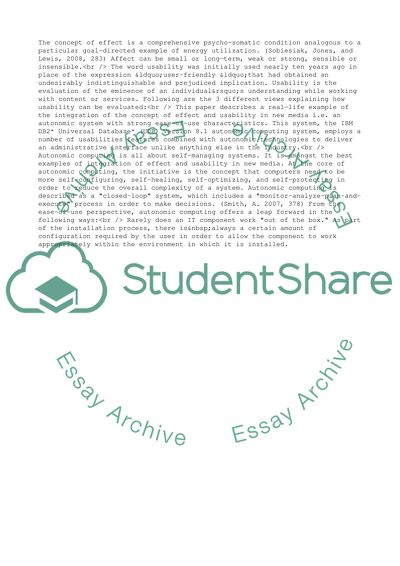Cite this document
(Autonomic System with Strong Ease-of-Use Characteristics Term Paper, n.d.)
Autonomic System with Strong Ease-of-Use Characteristics Term Paper. Retrieved from https://studentshare.org/business/1569018-discuss-how-the-concept-of-affect-can-be-integrated-into-a-usability-study
Autonomic System with Strong Ease-of-Use Characteristics Term Paper. Retrieved from https://studentshare.org/business/1569018-discuss-how-the-concept-of-affect-can-be-integrated-into-a-usability-study
(Autonomic System With Strong Ease-of-Use Characteristics Term Paper)
Autonomic System With Strong Ease-of-Use Characteristics Term Paper. https://studentshare.org/business/1569018-discuss-how-the-concept-of-affect-can-be-integrated-into-a-usability-study.
Autonomic System With Strong Ease-of-Use Characteristics Term Paper. https://studentshare.org/business/1569018-discuss-how-the-concept-of-affect-can-be-integrated-into-a-usability-study.
“Autonomic System With Strong Ease-of-Use Characteristics Term Paper”. https://studentshare.org/business/1569018-discuss-how-the-concept-of-affect-can-be-integrated-into-a-usability-study.


